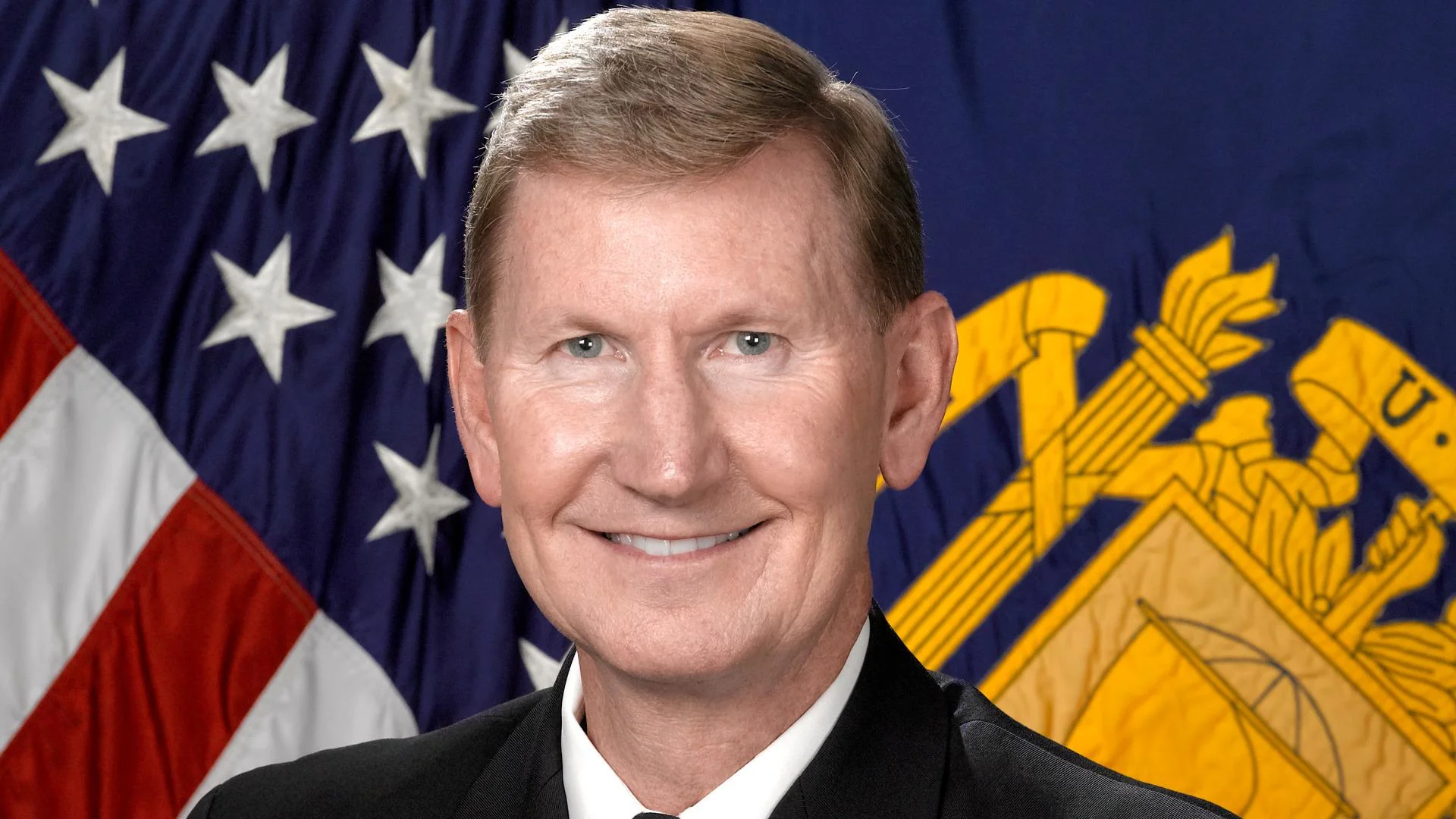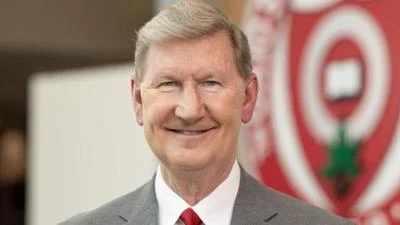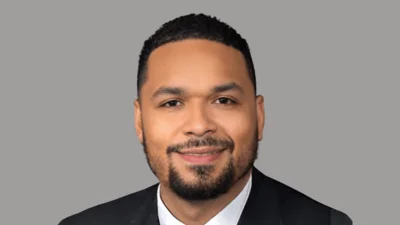Walter “Ted” Carter Jr. President at Ohio State University | Wikipedia
Walter “Ted” Carter Jr. President at Ohio State University | Wikipedia
The Ohio State University Police Division (OSUPD) has introduced a pilot program to enhance the visibility of its patrol vehicles on the Columbus campus during nighttime. This initiative involves the use of newly installed cruise lights on police vehicles. These steady, low-intensity lights are located along the rear driver-side and passenger-side windows and are designed to make police vehicles more visible.
OSUPD Chief Dennis Jeffrey explained that "this idea actually came from a conversation we had with our Undergraduate Student Government (USG). We regularly meet with our students and are open to new ideas for how we patrol our community."
In November, USG passed a resolution advocating for this measure as part of OSUPD's standard patrolling protocol. The aim is to distinguish campus police patrol vehicles and increase their visibility. Former USG Senator Francesco Migliore, who drafted and introduced the resolution, stated that "keeping cruise lights on at night isn’t just about deterrence, it’s about making officers more approachable and strengthening their connection with the Buckeye community." He added that this initiative reflects "the new police administration’s commitment to listening and responding to student concerns."
Cruise lights differ from emergency lights in that they do not flash but can enhance visibility by signaling a police presence in an area. Some studies suggest that such increased visibility may deter crime.
Ohio State continues to invest in safety measures both on and off-campus. Since 2018, OSUPD has expanded its staff from 56 sworn officers to an authorized strength of 75 law enforcement officers. Additionally, a joint patrol program with four full-time OSUPD officers working alongside Columbus Division of Police (CPD) officers now operates in the nearby University District.
The university also funds a crime interdiction program paying CPD officers' overtime for night and weekend patrols. This high level of sworn police presence is complemented by non-sworn security personnel like those involved in the Buckeye Block Watch program, along with expanded technology including permanent lighting, cameras, over 60 license plate reader cameras, and mobile cameras deployed based on crime trends.






 Alerts Sign-up
Alerts Sign-up